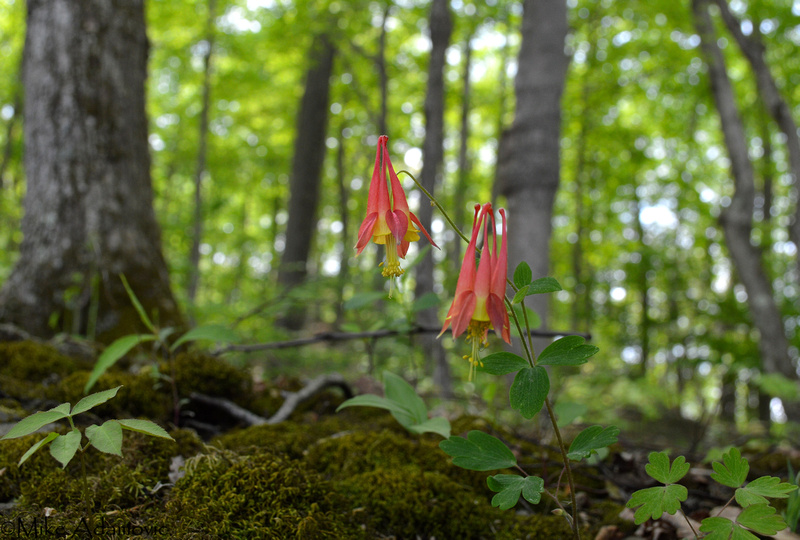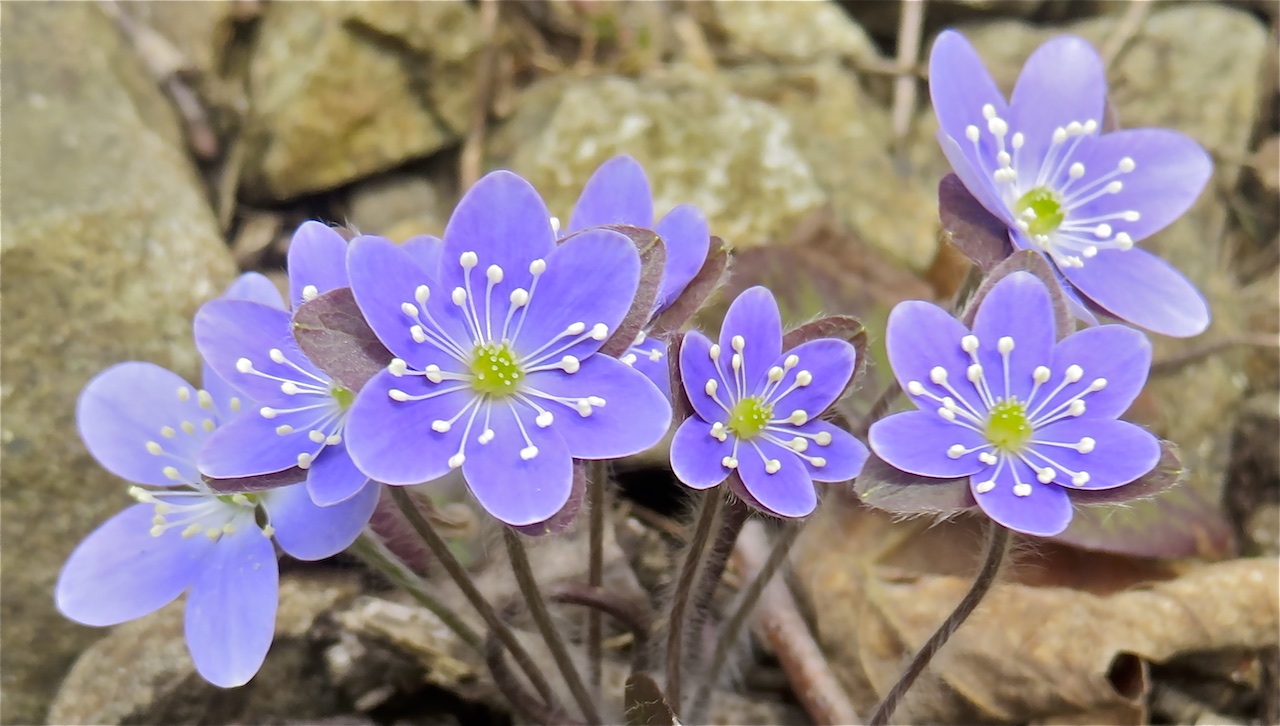

They are found in deciduous forests with a deep cover of leaf litter and rich, moist soils high in organic matter. While trees lie dormant, these plants have a very narrow window to surface, flower, and reproduce. Why are they Ephemeral? Max Howes, Land Management Coordinator and Emily Powell, Habitat Restoration Associate, search for Dutchman’s breeches and its look-alike, Squirrel corn amongst the trilliums.Įphemeral refers to transitory, or short-lived. We admire these particular flowers because they have gracefully evolved into one of the most resilient representations of the natural world.Īll of the extraordinary wildflowers in this photo essay were found this spring on a nature preserve owned and protected by Conserving Carolina.

Not only do they complete their life cycles before nearby trees have leafed out, but they have even developed clever ways to maintain their populations. Having evolved for millions of years, these epic flowers synchronize their reproductive cycles with the deciduous forests in which they thrive. Spring ephemerals are absolute masters at adapting to their environment. Please do not touch the plants, pick flowers, or disturb the plants in any way.įor more information, visit mass.Spring Ephemerals: Masters of Adaptation Trillions of trilliums thrive on a hillside. Some spring ephemerals are rare and protected species, and all spring ephemerals play important parts in their ecosystem, so if you choose to see them in person, limit yourself to admiring them from a safe distance and taking a few photos. Wear long pants and spray your socks and pants hems with bug repellent to reduce the chance of picking up ticks they also like this same seasonal window. A country road and logging trails pass through the property, but be prepared to bushwhack to see the ephemerals as there are no formal, maintained trails. NEFF’s 434-acre Nichols Memorial Forest is located in the Valley of Vermont region and sits on a relatively level spot above the valley floor. New England Forestry Foundation has a few properties that meet these criteria, but only one of them is moderately easy to access. Look for rocky limestone ledges along the western edge of both valleys. This makes the Housatonic Valley and Valley of Vermont-located on the western edge of Vermont, between the Taconic Mountains on the west and the Green Mountains on the east-good starting points for finding wild ephemerals. Some of these flowers are often found in calcium-rich forests, which is to say, forests where limestone and marble are plentiful many grow along streams and brooks, or along rocky ledges, cliffs and mountainsides. Ephemeral species to look for: Red Trillium ( Trillium erectum) - also pictured above In northern New England, head out in mid-May to catch ephemerals, depending on when the snowmelt ends.

To see spring ephemerals in all their glory in southern New England, aim to hit the trails in the first week of May, and head out again in the middle of May to see a wider diversity of wildflowers. Most of them also bloom during these few weeks and their blossoms are some of the showiest of New England’s native wildflowers.
#Spring ephemeral wildflowers full#
They are the early risers of New England’s spring flowers and can only be viewed for a few short weeks before they return to a dormant state.īetween the end of the spring snowmelt and the full leafing of deciduous trees, spring wildflowers manage to bloom and produce seed the ephemerals have evolved to take advantage of the narrow window during which sunlight directly reaches the forest floor by being among the first to produce leaves and capture the energy of the sun. Spring ephemerals-herbaceous, perennial flowering plants found in deciduous forests-get their name from their fast-paced lifecycles. Writing by NEFF Communications Manager Tinsley Hunsdorfer As winter loosens the last of its hold on New England and the days grow longer and brighter, look for one of the natural world’s most beautiful heralds of spring: the unfurling blossoms of ephemeral flowers.


 0 kommentar(er)
0 kommentar(er)
